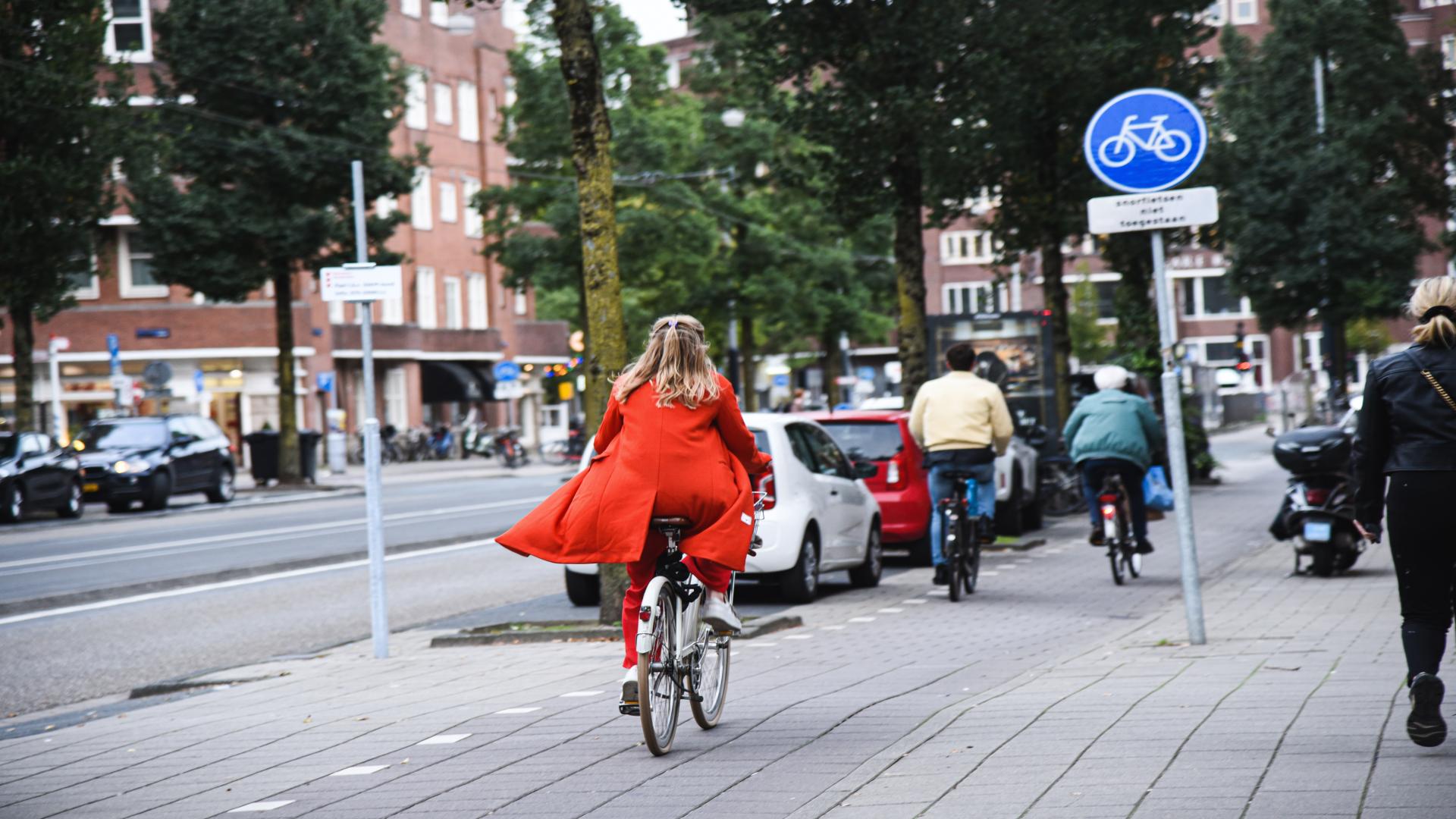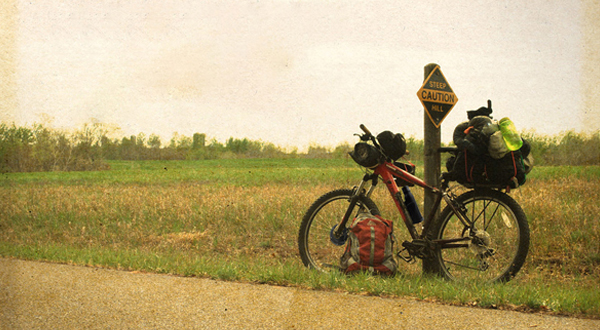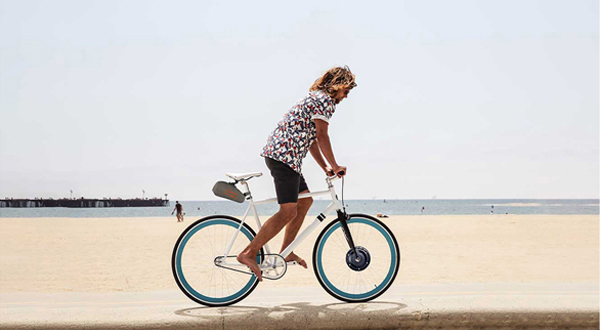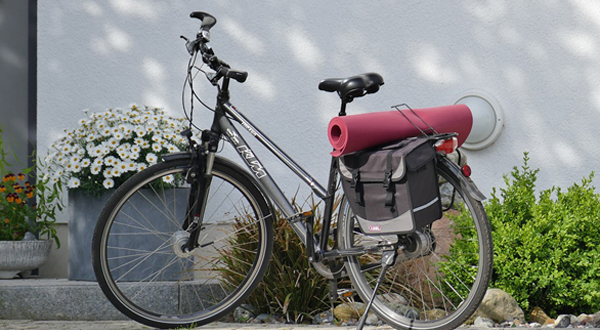Do you consider the parameters of the controller when modifying the electric assist system?
The controller in an electric assist motor for bicycle typically refers to the control unit of the electric assist system. It usually includes a control chip, battery management circuit, and sensors that detect the rider's force and speed, and adjust the motor's speed and provide the appropriate level of electric assist bicycle add on. The important parameters of the controller typically include voltage, maximum current limit, maximum input power, control mode, speed sensing mode, and brake sensing mode.
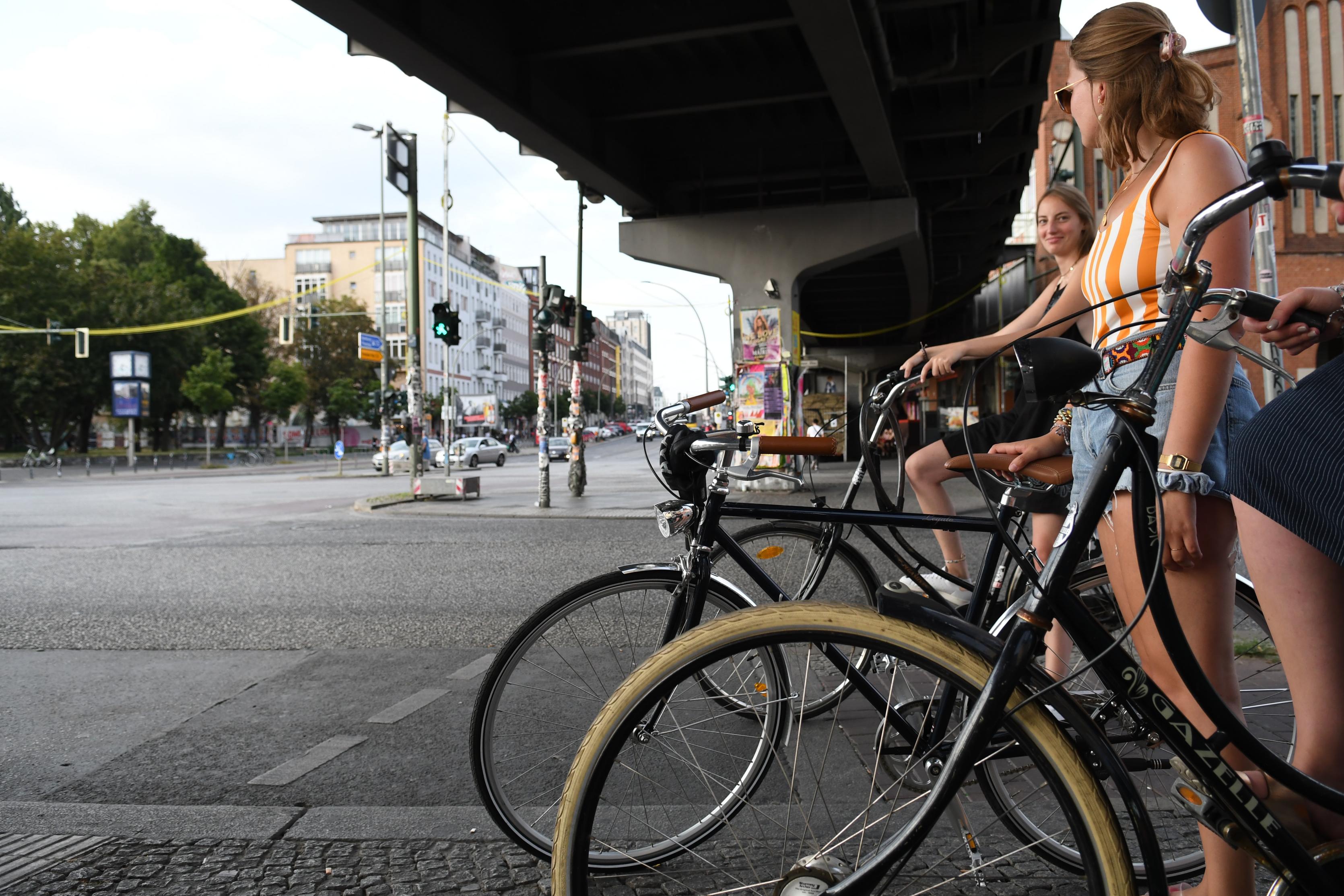
The power range of the ebike kit controller should match the requirements of the electric assist system to ensure its efficiency and stability. The higher the input power of the controller, the stronger the power output of the electric assist bicycle. Generally, it is between 200W and 500W to provide sufficient power.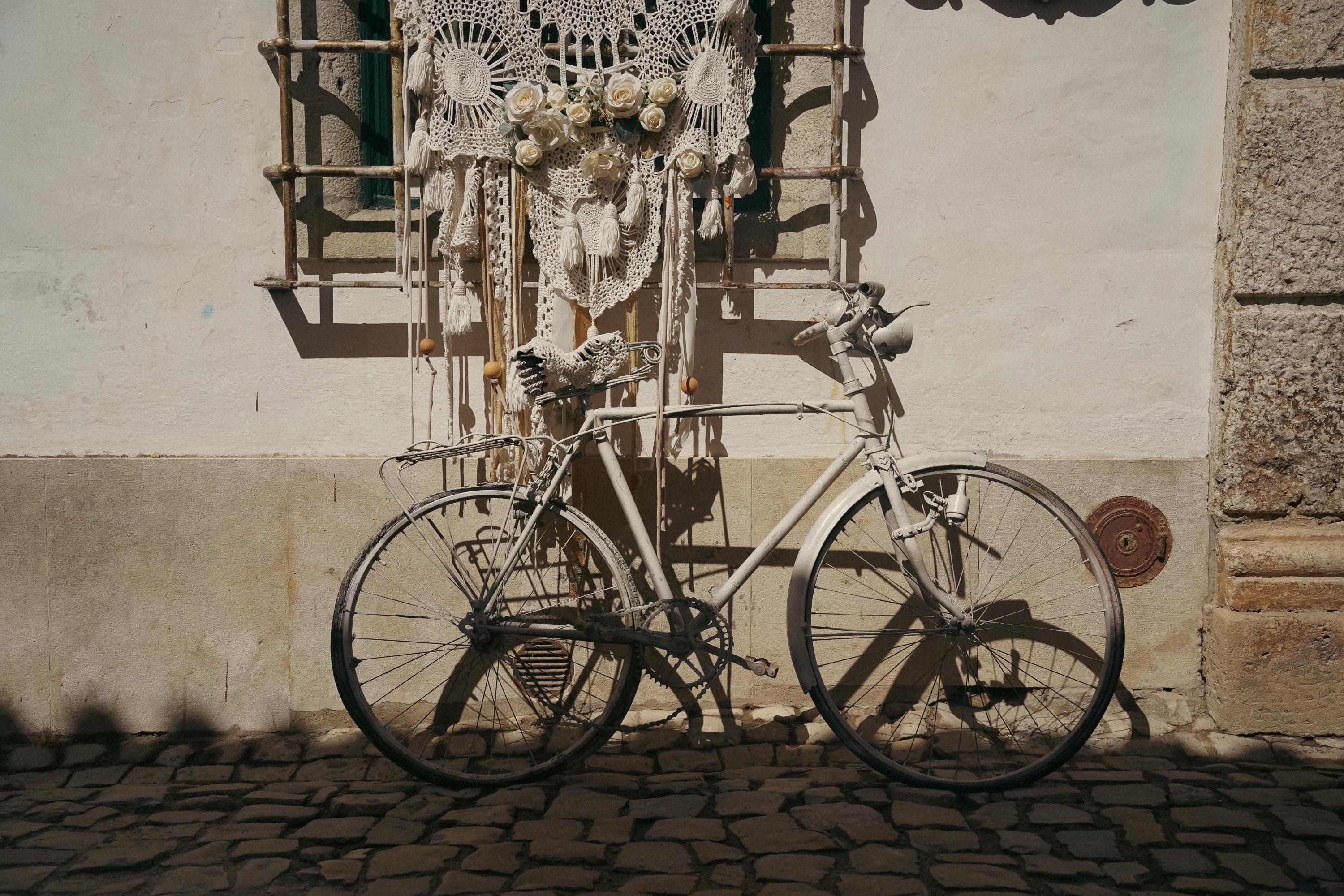
Furthermore, the controller needs to be able to control the voltage and current of the ebike kit conversion system to ensure its proper functioning. The rated voltage should be stable between 16V and 48V, matching the voltage of the electric motor and battery for bike to ensure stability and safety. The maximum charging current should generally be between 8A and 12A for faster charging speed. The higher the maximum charging current, the faster the charging speed.
Currently, electric assist bicycles on the market are generally equipped with multiple control modes, allowing users to choose different control modes for different riding scenarios. Moreover, good controllers usually have speed sensing and brake sensing capabilities, allowing them to automatically adjust the level of electric assist based on riding speed and braking force.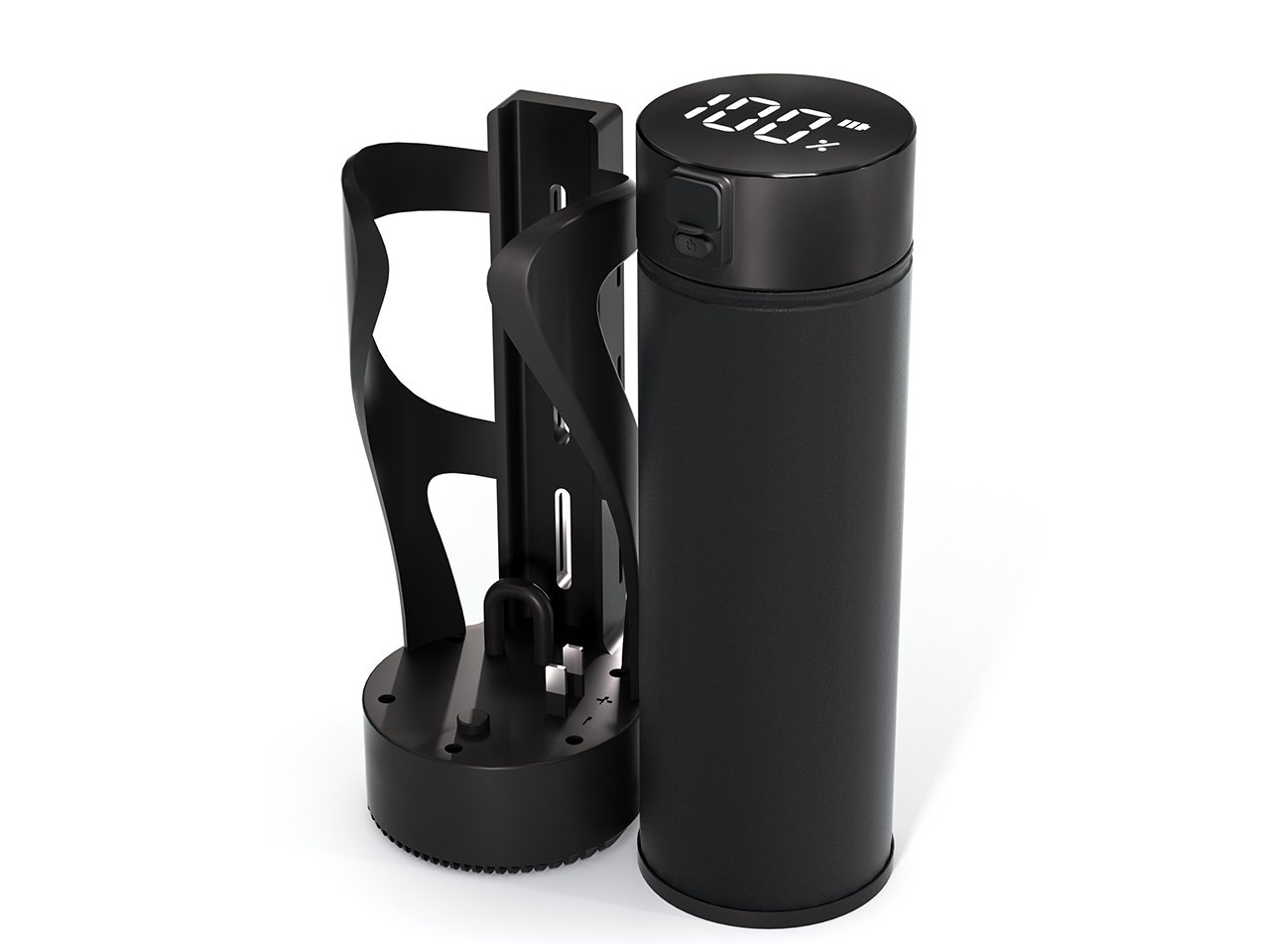
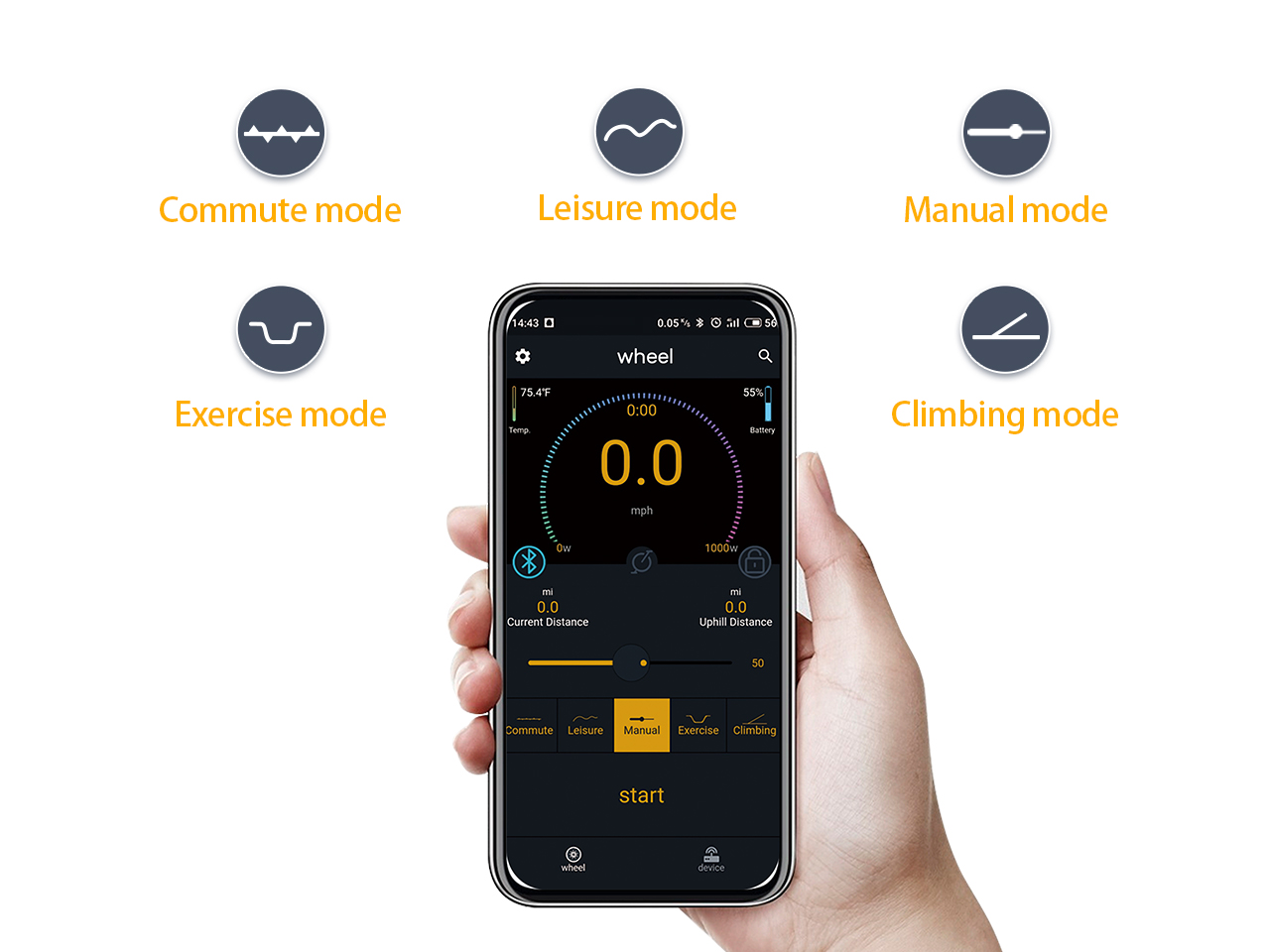
The controller for the LVBU e bike motor conversion kit comes in two versions, each matching a 250W and 350W motor respectively, with slight differences in overall parameters. The controller for the 250W version has a rated voltage of 36V, maximum current limit of 12A, and maximum input power of 500W, while the controller for the 350W version has a maximum current limit of 15A and maximum input power of 630W. The 36v 250w hub motor controller can automatically sense acceleration, braking, uphill, downhill, and cut power during braking, providing intelligent assist according to different riding conditions.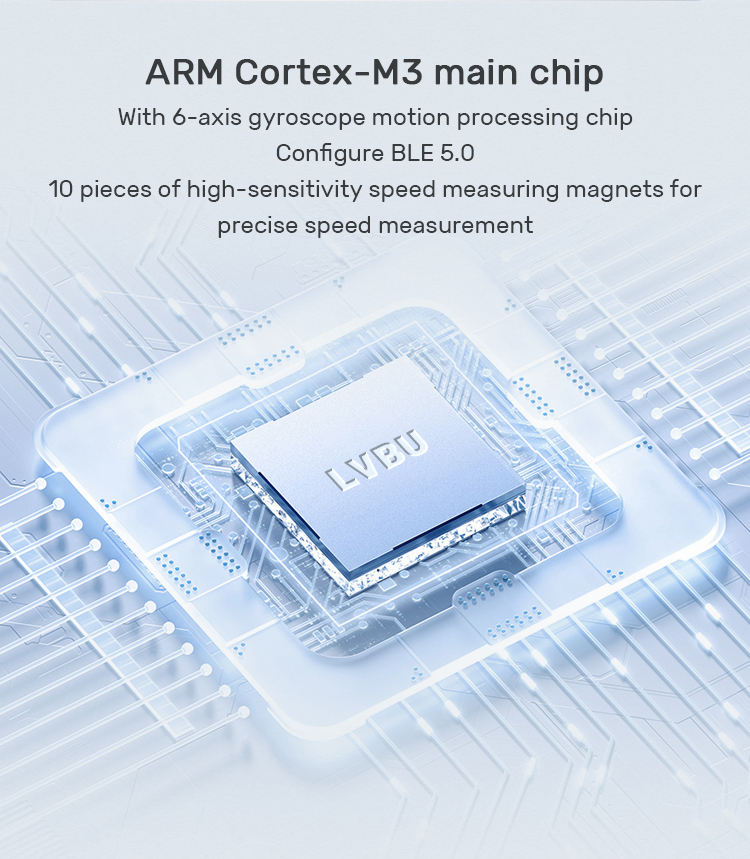
This particular model is the controller of the LVBU electric e bike kit KN series, designed in the shape of a water bottle holder. The LVBU electric cycle hub motor kit controller is equipped with an ARM Cortex-M3 main chip and a 6-axis gyroscope motion processing chip. It adopts a self-developed intelligent micro-power system. During riding, the system uses parameters such as acceleration, angular velocity, travel speed, weight, and assist level, combined with big data algorithms, to output matching assist, making riding easier. It offers five intelligent assist modes: leisure, commuting, exercise, manual, and climbing, allowing for intuitive matching in different riding scenarios. Moreover, the system can be continuously upgraded and improved through firmware updates, enabling better riding performance for the e-bike. Its riding performance is on par with torque sensors, making it an ideal alternative to torque sensors.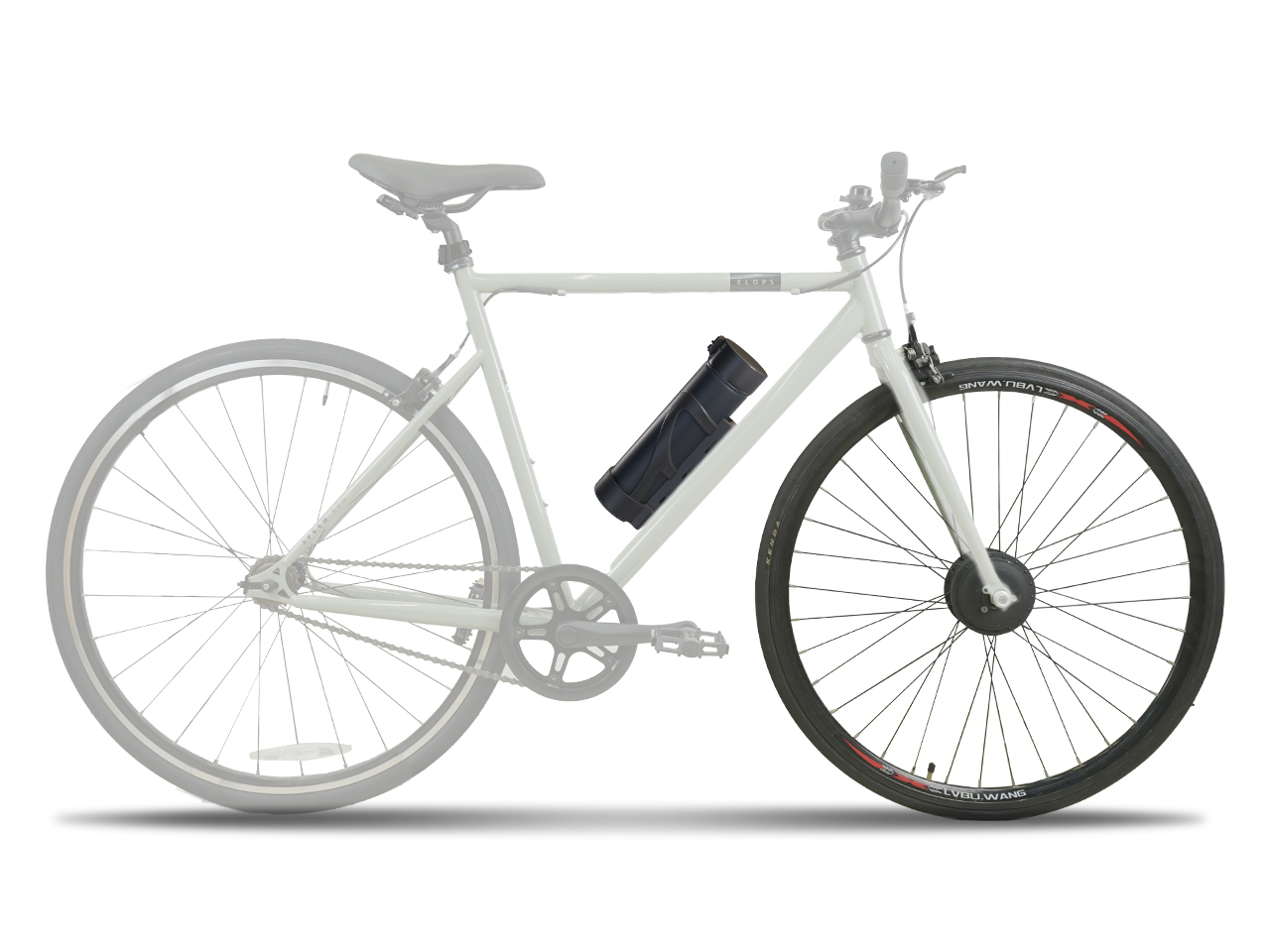
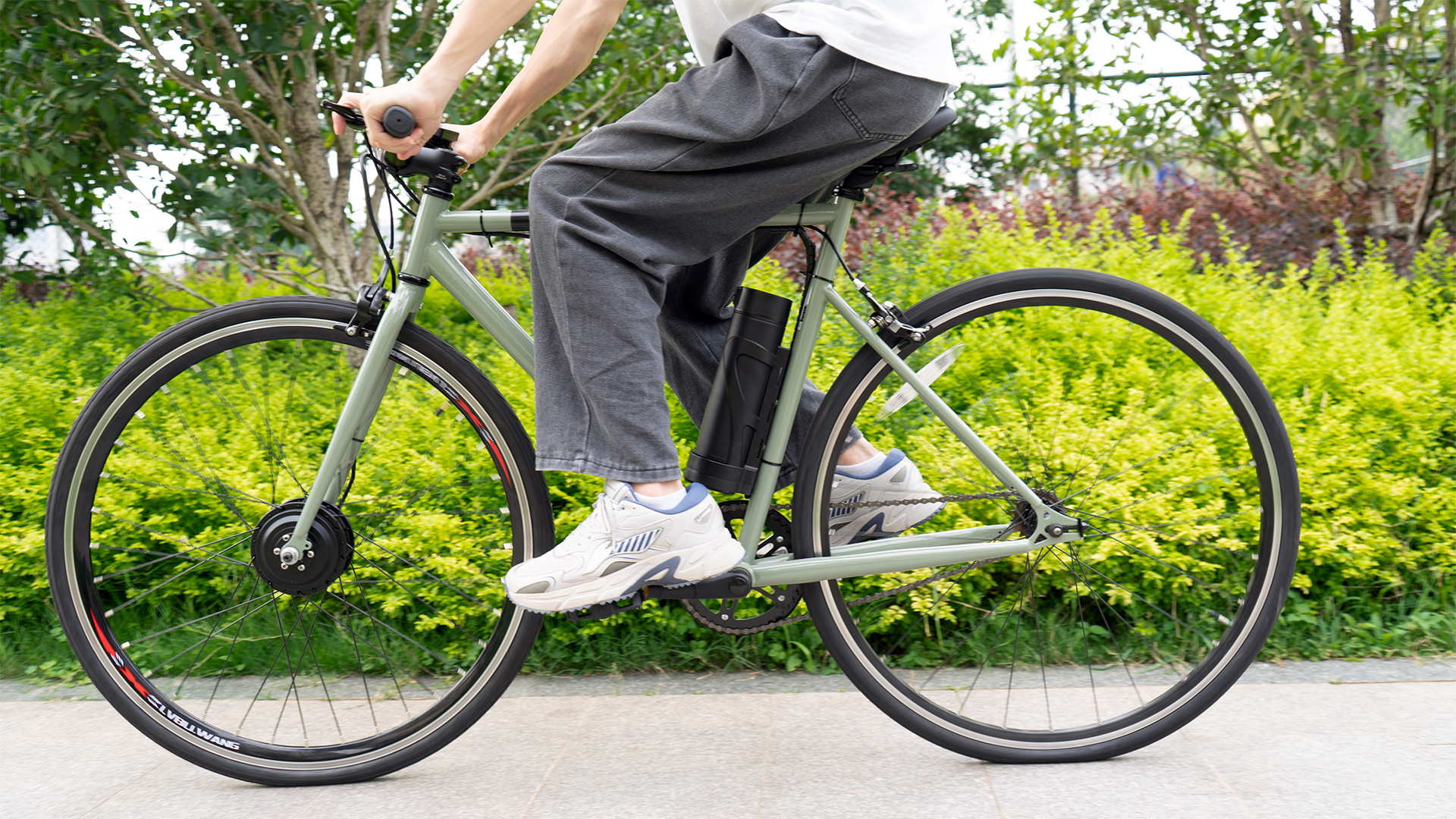
In summary, the parameters and quality of the electric assist controller are crucial for the riding experience. When choosing an electric assist controller, pay attention to the aforementioned parameters and select a reliable product. The LVBU electric bike wheel conversion kit controller is made with high-quality materials and craftsmanship, resulting in excellent overall performance and precise control. Riders interested in retrofitting electric assist systems may give it a try!
- linkedin https://www.linkedin.com/posts/electricbikekit-lvbuutech_whatsapp-email-whatsapp-activity-7108289435573571584-YagV?utm_source=share&utm_medium=member_desktop
- quora https://www.quora.com/profile/Lvbu-Tech/Do-you-consider-the-parameters-of-the-controller-when-modifying-the-electric-assist-system
- slideshare https://www.slideshare.net/maxsun17/do-you-consider-the-parameters-of-the-controller-when-modifying-the-electric-assist-system
- medium https://medium.com/@maxsun_56088/do-you-consider-the-parameters-of-the-controller-when-modifying-the-electric-assist-system-fd57770a00c3
- Reddit https://www.reddit.com/user/lvbu_tech/comments/16j2j9r/do_you_consider_the_parameters_of_the_controller/?utm_source=share&utm_medium=web2x&context=3
